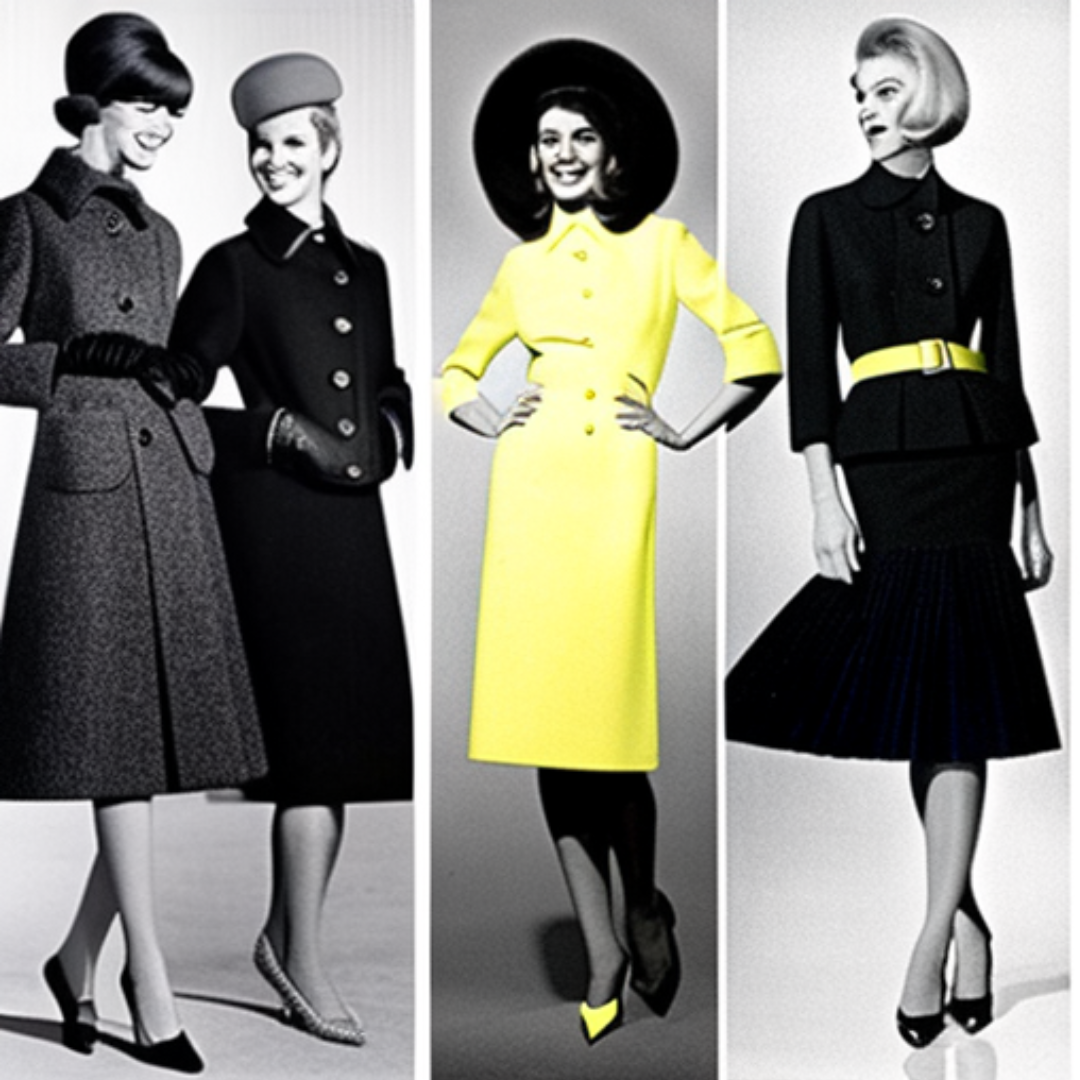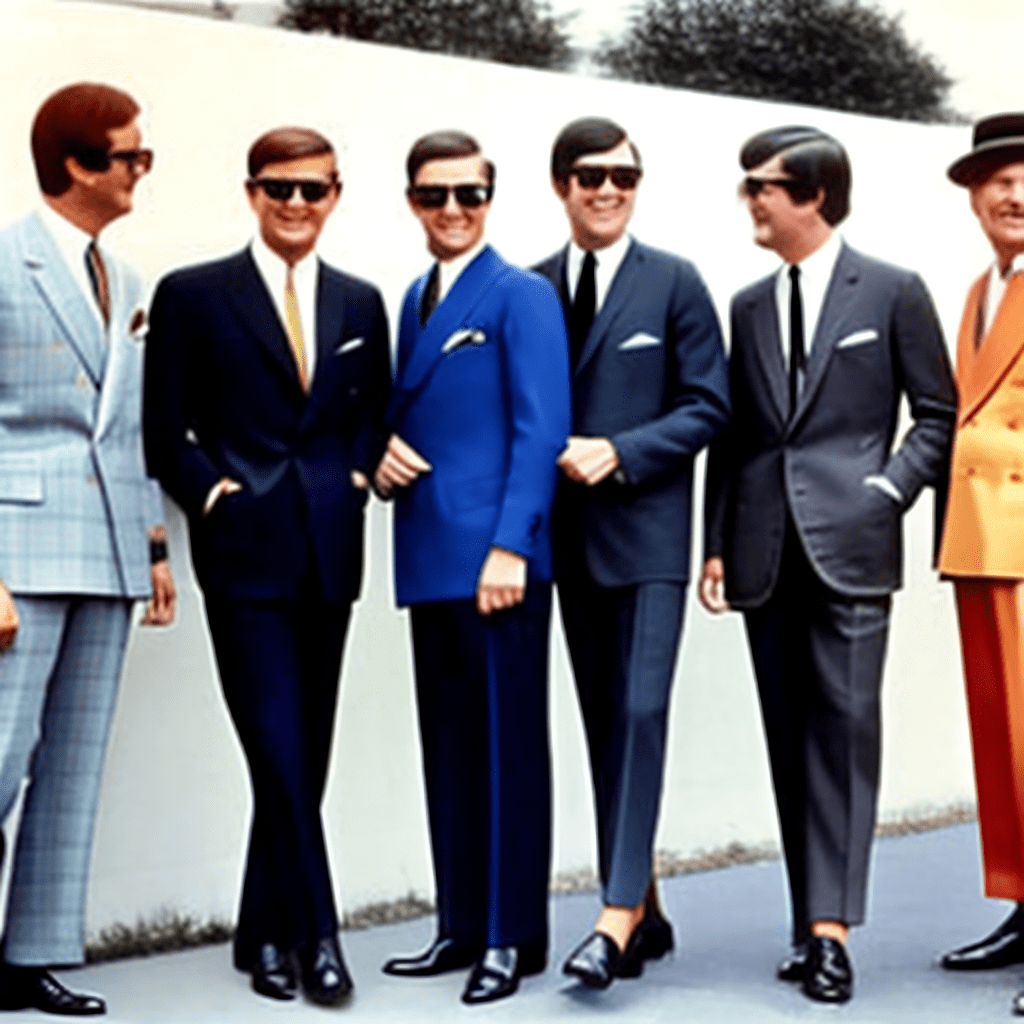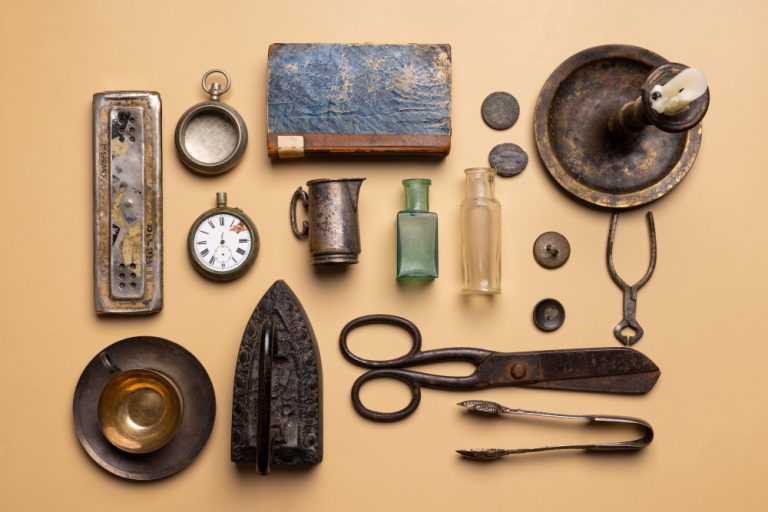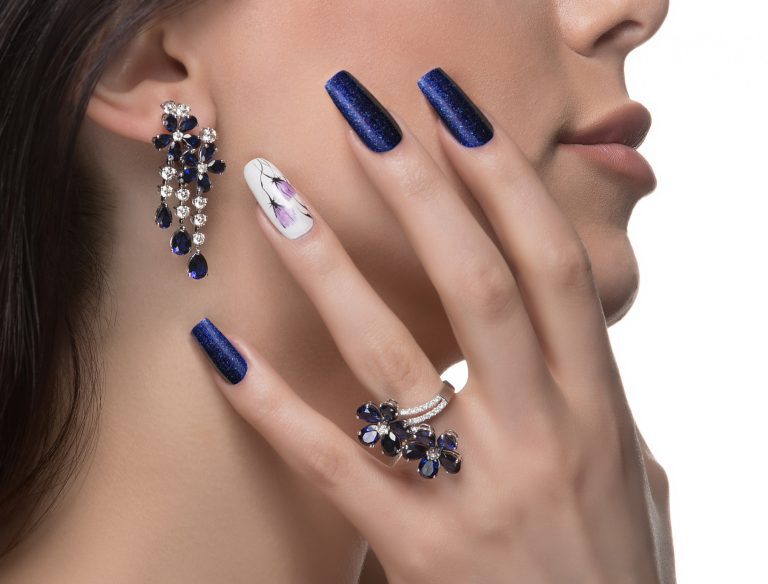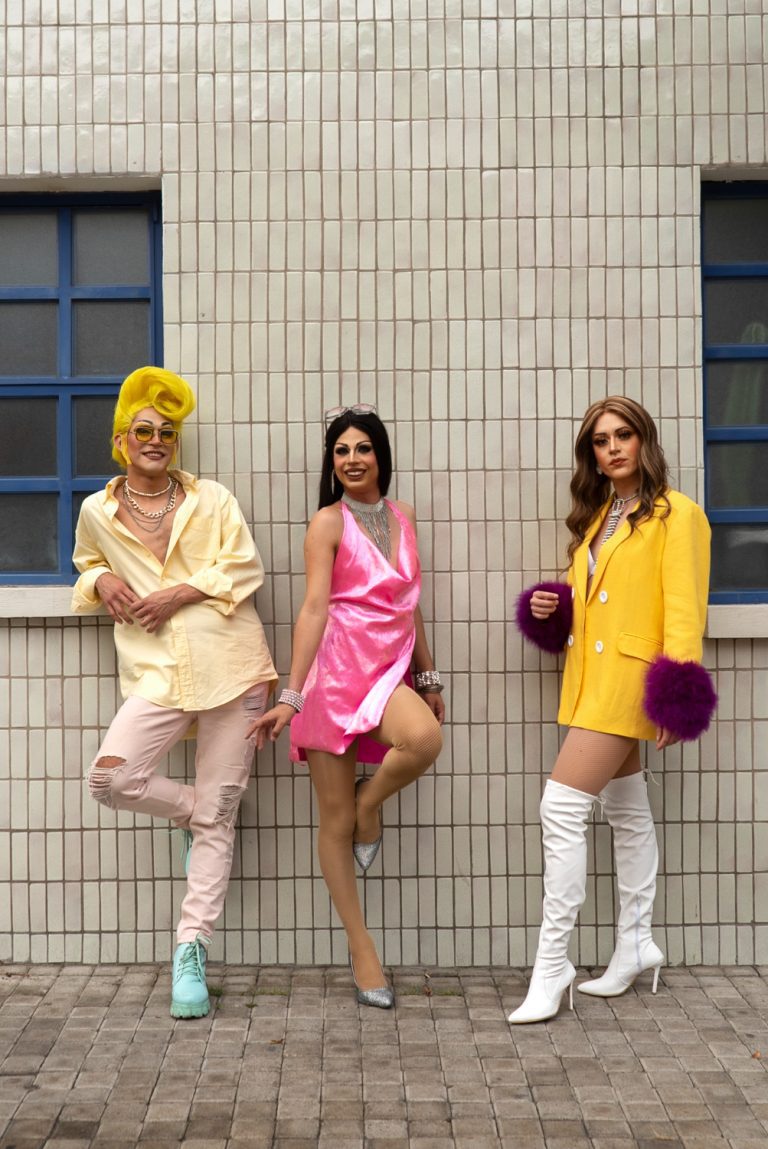
Latest Posts
Categories

20th Century Fashion
20th-century fashion refers to the styles and trends of clothing, accessories, and beauty that emerged from 1900 to 1999.
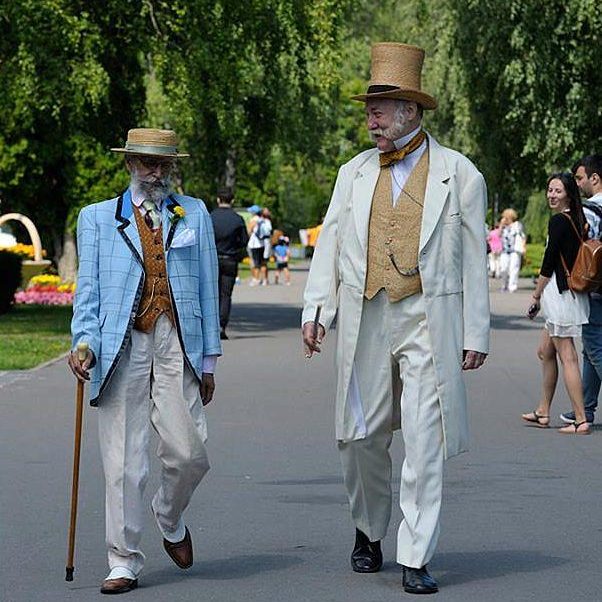
19th-Century fashion
19th-century fashion was characterized by corsets, hoop skirts, bustles, and top hats, and underwent significant changes throughout the century.
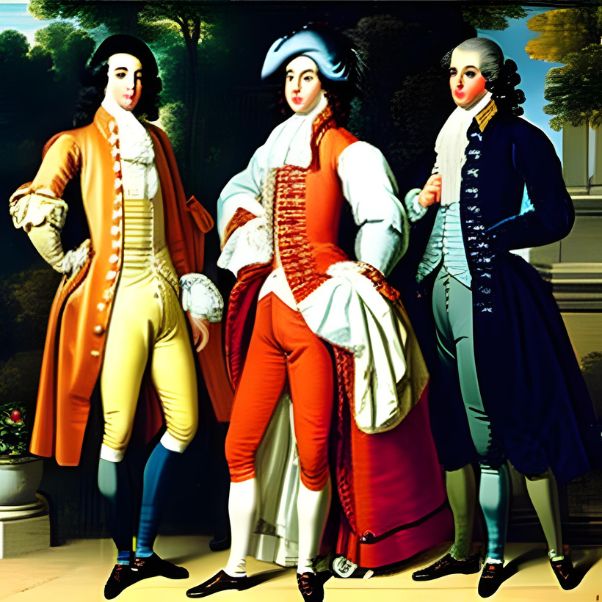
18th-Century Fashion
18th-century fashion is a classic fashion style characterized by ornate, decorative clothing, wigs, and accessories popular during the 1700s.

17th-century
17th-century fashion was characterized by elaborate clothing and accessories, representing a classic fashion style that exuded elegance and sophistication.
Explore Classic Fashion Style
Discover timeless elegance with our classic fashion style blog. Elevate your wardrobe with versatile pieces that never go out of fashion.
Classic Fashion Trends
Classic fashion style is timeless and sophisticated, characterized by clean lines, neutral colors, and high-quality materials for a timeless wardrobe.
